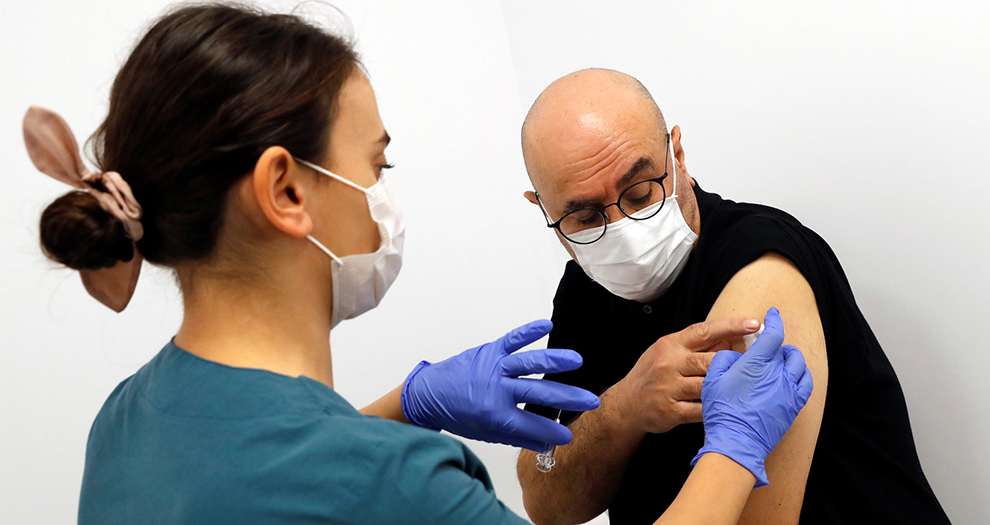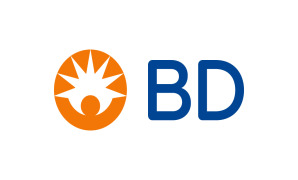Vaccine development toolkit needs to be optimized to counter infectious disease threat: CPHI webinar

While there have been some huge advances in vaccine technology, more still needs to be done to counter the threat that infectious diseases pose, particularly to poorer countries.
This was one of the messages that came out of a recent webinar at the CPHI Festival of Pharma, Vaccine Development Challenges: Speeding Up and Scaling Up, sponsored by BD Medical - Pharmaceutical Systems.
“When we look at vaccine R&D in general, it depends on the geography - in low and middle income countries, five out of ten causes of death are infectious diseases, but that is not the case in high income countries, where less than 7% of deaths are from infectious diseases,” said Ana Cespedes, COO, International AIDS Vaccine Initiative (IAVI). “There is still some way to go.”
She added that the issue of inequality required more global collaboration and public/private partnerships and made the point that the problems of tuberculosis and HIV continue to be very present, with millions of people dying from these diseases every year.
“It’s not only about COVID,” she said.
Mike Whelan, project leader, Coalition for Epidemic Preparedness Innovations (CEPI) said that the COVID-19 pandemic presented an opportunity for the world to “’level up” in terms of equal distribution of vaccines.
“COVID-19 is somewhat unusual, it doesn’t tell the difference between rich and poor countries, whereas those that are dying up till now have primarily been in low to middle income countries,” he said. “There’s lots of excellent new technologies out there but they’re not fully licensed and now is maybe the time where we can actually do that. If anything good is to come out of this pandemic, it may be licensing technologies – doing it properly and safely of course – and developing new techniques and cheaper cost of goods that can actually be used by people who need them.”
Marie-Liesse Le Corfec, global portfolio marketing head, Pharmaceutical Systems, BD, said she had seen a trend whereby a number of the company’s customers were asking for a nasal spray as the drug delivery device for a vaccine.
“With COVID, it has really boomed, and you can see all these small companies who had an idea and the right technology and now the world is opening for them,” she said. “Part of the silver lining to this terrible crisis is that it has really accelerated the opportunities for more creativity in R&D.”
Diverse toolkit
Gunnveig Grødeland, research group leader, University of Oslo, told the audience that while the ongoing pandemic has demonstrated a diverse toolkit of vaccine formats and technologies can be used both against normal diseases and pandemic relief, a better understanding of the premises for immune formation and how it can be shaped is needed.
“So why does a particular vaccine work in some individuals and not in others? What’s the most relevant type of immunity for protection? I think we’re scratching the surface still when it comes to these questions, but we have the toolkit as a starting point,” she said. “The key question for the future is how can we design vaccines that specifically raise the most relevant type of immunity against the particular virus and in a diverse population.”
She said that currently, the two main strategies in vaccine developments were stockpiling, which is only effective if the pathogen has little variation and a low mutation rate, such as Ebola, and rapid development at the emergence of a new virus, which has been employed for the present pandemic.
“What happens if the next virus X emerges?” she said. “A situation where we do not know a relevant correlate of protection and we are really starting blindfolded.”
She suggested that in this event, a third strategy of in-depth immunology, or immunological fingerprinting, needed to come into play.
“We need to know how individuals will respond to a different antigen in terms of immune information and we need to couple that with increased understanding of which regions of a pathogen are more likely to dominate formation of immunity,” she said. “We are presently scratching the surface for this strategy, but efficient future pandemic management is entirely dependent on an increased understanding of the interaction between a virus, bacteria and its host. My advice for the future vaccine development would be to carefully select what you want to achieve in relation to which pathogen it is that you are actually trying to stop.”
However, Whelan at CEPI questioned whether an “upfront” correlate of protection was essential given that scientists had not found one for COVID-19 and nevertheless, vaccine development was well underway.
“It goes very much in parallel, it can’t go one ahead of the other,” he said “For influenza or a COVID, you have to go down the platform technology route so you can do something very quickly; you can’t wait for the correlate of protection.”

Related News
-
News US BIOSECURE Act passed by US House of Representatives
The controversial act, which has already impacted several foreign companies operating in the US, was passed by the House of Representatives on September 9, 2024. It is now headed for the US Senate before it can be signed into law by President Joe Biden... -
News Pharma Supply Chain People Moves
The latest appointments, promotions, and structural changes across the pharmaceutical supply chain. -
News Drug prices agreed upon as part of the US Inflation Reduction Act
The Inflation Reduction Act brought into constitution by the Biden administation in 2022, which proposed a drug price negotiation between the government and pharmaceutical companies, has reached it's first agreement. -
News BIOSECURE Act continues to loom over Chinese pharma manufacturers
With the US BIOSECURE Act on its way to passing into legislation, Chinese companies are facing declining revenues within the first half of 2024 as US pharmaceutical and healthcare companies pull their businesses from the country. -
News Ophthalmologic drug product Eylea faces biosimilar threats after FDA approvals
Regeneron Pharmaceutical’s blockbuster ophthalmology drug Eylea is facing biosimilar competition as the US FDA approves Biocon’s Yesafili and Samsung Bioepis/Biogen’s Opuviz. -
News ONO Pharmaceutical expands oncology portfolio with acquisition of Deciphera
ONO Pharmaceutical, out of Japan, is in the process of acquiring cancer-therapy maker Deciphera Pharmaceuticals for US$2.4 billion. -
News First offers for pharma from Medicare drug price negotiations
Ten high-cost drugs from various pharma manufacturers are in pricing negotiations in a first-ever for the US Medicare program. President Biden’s administration stated they have responded to the first round of offers. -
News Eli Lilly’s Zepbound makes leaps and bounds in weight-loss drug market
In the last week, Eli Lilly has announced their partnership with Amazon.com’s pharmacy unit to deliver prescriptions of Zepbound. Zepbound has also surpassed Novo Nordisk’s Wegovy for the number of prescriptions for the week of March 8.&nbs...
Position your company at the heart of the global Pharma industry with a CPHI Online membership
-
Your products and solutions visible to thousands of visitors within the largest Pharma marketplace
-
Generate high-quality, engaged leads for your business, all year round
-
Promote your business as the industry’s thought-leader by hosting your reports, brochures and videos within your profile
-
Your company’s profile boosted at all participating CPHI events
-
An easy-to-use platform with a detailed dashboard showing your leads and performance



.png)
.png)

.png)
.png)